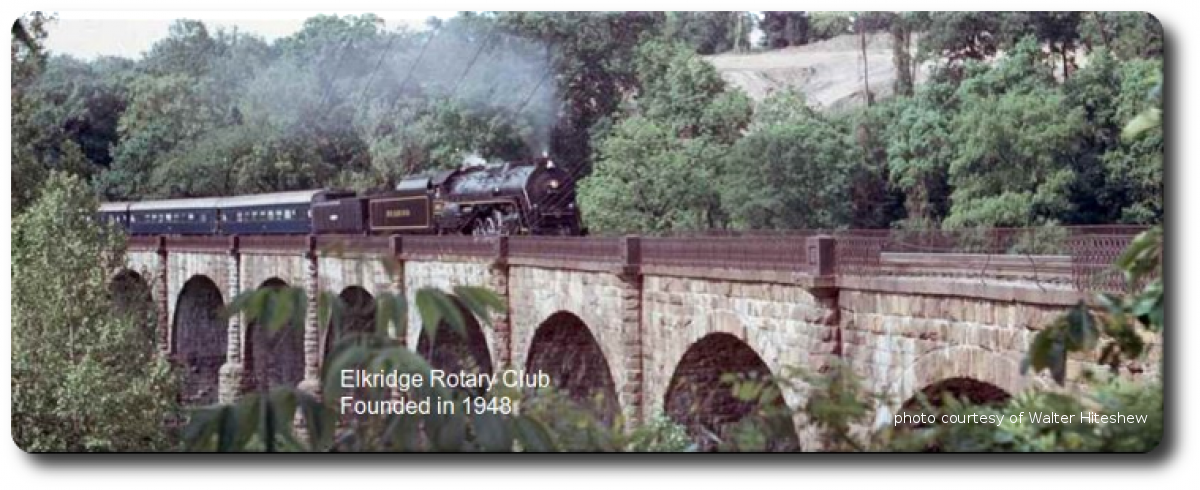
photos courtesy Walter Hiteshew
Thomas Viaduct was commissioned by the Baltimore and Ohio Railroad (B&O); built between July 4, 1833, and July 4, 1835; and named for Philip E. Thomas, the company’s first president.
At its completion, the Thomas Viaduct was the largest bridge in the United States and the country’s first multi-span masonry railroad bridge to be built on a curve. It remains the world’s oldest multiple arched stone railroad bridge. In 1964, it was designated as a National Historic Landmark. The viaduct is now owned and operated by CSX Transportation and still in use today, making it one of the oldest railroad bridges still in service.
This Roman-arch stone bridge is divided into eight spans. It was designed by Benjamin Henry Latrobe, II, then B&O’s assistant engineer and later its chief engineer. The main design problem to overcome was that of constructing such a large bridge on a curve. The design called for several variations in span and pier widths between the opposite sides of the structure. This problem was solved by having the lateral pier faces laid out on radial lines.
The span of the viaduct is 612 feet long; the individual arches are roughly 58 feet in span, with a height of 59 feet from the water level to the base of the rail. The bridge is constructed using a rough-dressed Maryland granite from Patapsco River quarries, known as Woodstock granite.
When the Thomas Viaduct was completed, a 15-foot obelisk with the names of the builder, directors of the railroad, the architect (engineer) and others associated with the viaduct was erected at the east end in Relay, by builder John McCartney. On one side the monument reads: The Thomas Viaduct, Commenced July 4, 1833 Finished, July 4, 1835.
Until after the American Civil War, the B&O was the only railroad into Washington, D.C., thus the Thomas Viaduct was essential for supply trains to reach the capital of the Union during that time.
During design and construction, the Thomas Viaduct was nicknamed “Latrobe’s Folly” after the designer Benjamin Latrobe II, because at the time many doubted that it could even support its own weight. Contrary to these predictions, the Thomas Viaduct survived the great flood of 1868 as well as Hurricane Agnes in 1972, two floods that wiped out the Patapsco Valley and destroyed nearly everything in their path; and to this day it continues to carry 300-ton diesel locomotives passengers and heavy freight traffic.
The bridge was designated a National Historic Landmark on January 28, 1964,[9] and administratively listed on the National Register of Historic Places on October 15, 1966. The bridge has also been named a National Historic Civil Engineering Landmark by the American Society of Civil Engineers.
For more information about the Thomas Viaduct follow this link, Thomas Viaduct on Wikipedia

